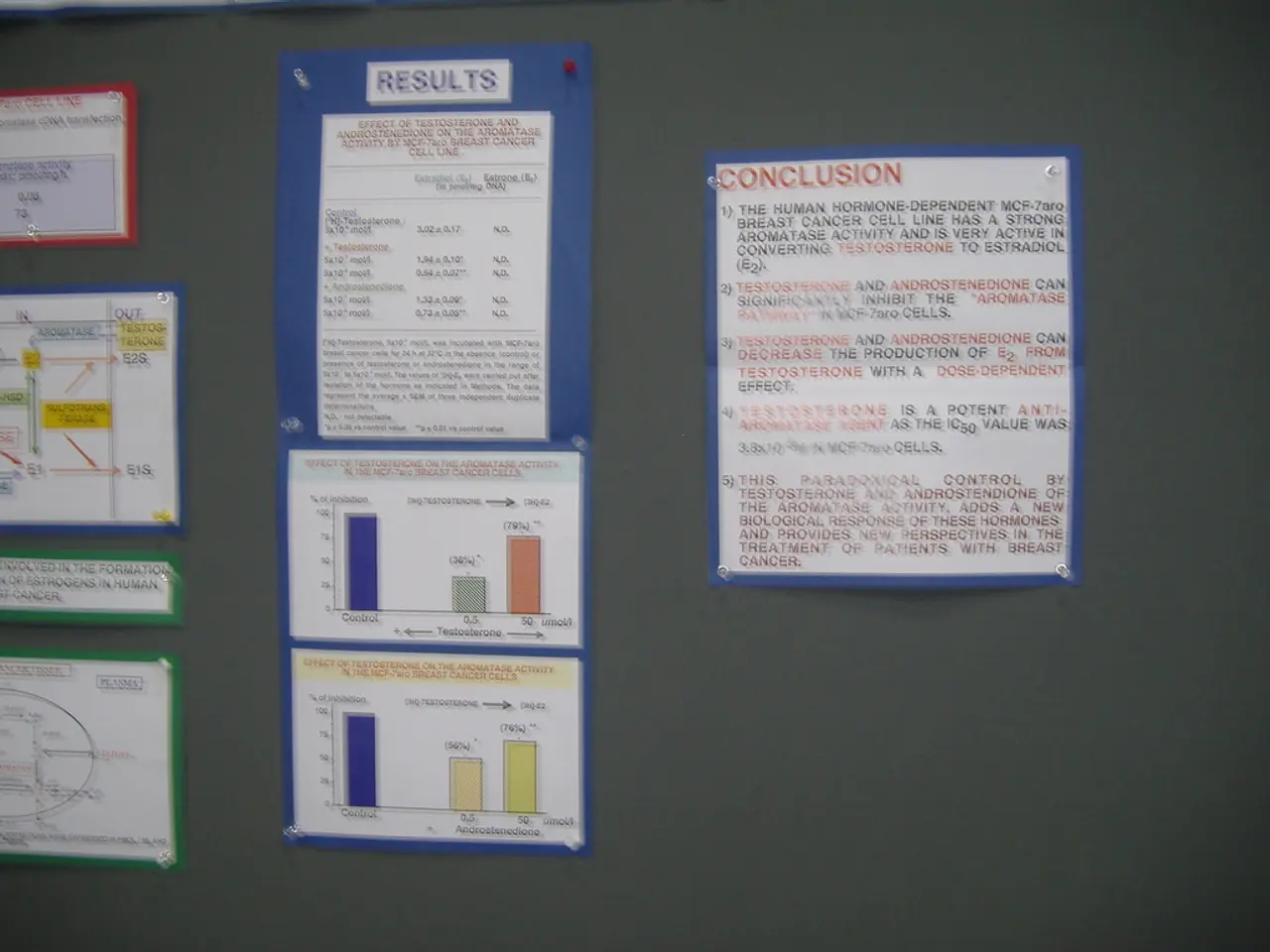Duplicating Lively Facial Expressions: Exceptional Volitional Motor Control for Disgust Expression
In a groundbreaking study, researchers have delved into the intricate world of facial expression motor control, uncovering differences between facial expressions and limb movements. The findings shed light on the dual-pathway organization of facial expression control, with distinct cortical and subcortical contributions.
Participants' facial responses were scored using automated analyses of facial expressions with computer software. The study focused on three facial expressions: smiles, disgust, and emotionally neutral jaw drops. The research aimed to understand the neurocognitive processes involved in preparing, revoking, and imitating these expressions.
Facial expressions, unlike limb movements, have both voluntary and involuntary control routes. Posed (voluntary) facial expressions, such as deliberate smiles, are controlled via the pyramidal tracts from the motor cortex, while spontaneous (involuntary) expressions rely more on subcortical structures like the basal ganglia and the extrapyramidal system.
The study found that priming participants with dynamic facial expressions improves performance accuracy compared to symbolic abstract stimuli. Interestingly, priming with dynamic facial expressions results in larger validity effects of the P3 component when disgust is the target response, indicating potential automatic emotional responses. However, priming with dynamic facial expressions does not affect participants' reaction times.
The P3 component of the study indicates a more efficient updating of the correct response in brain systems responsible for motor control. Furthermore, the study finds reprogramming costs, measured by longer reaction times (RTs), are more pronounced for smiles and jaw drops than for disgust, suggesting a need for speed when showing disgust.
The study tracks underlying neurocognitive processes with event-related-potentials. The research provides valuable insights into the unique neurocognitive processes involved in facial expression motor control, offering a deeper understanding of the complexities behind our facial expressions.
References: 1. Calvo-Merino, B., Glaser, J., Grezes, J., Haggard, P., & Molenberghs, G. (2004). A functional neuroanatomy of action observation: TMS studies on mirror neurons in the human brain. Cognitive Brain Research, 21(1), 37-49. 2. Dimberg, U., Thunberg, Q., & Elmehed, L. (2000). The role of the eyes in facial expressions of emotion: A review. Behavioral and Brain Sciences, 23(5), 685-734. 3. Schapira, A. H., & Pascual-Leone, A. (2001). The neurobiology of facial expression: A review. Brain, 124(Pt 10), 2099-2112.
- Advancements in eye tracking technology could provide a means to assess the automatized emotional responses observed in the study, contributing further to our understanding of mental health and health-and-wellness therapies and treatments.
- Given the study's findings on the distinct cortical and subcortical contributions to facial expression control, it is plausible to hypothesize that thesemr mechanisms might also play a role in science-backed interventions such as cognitive behavioral therapies.




